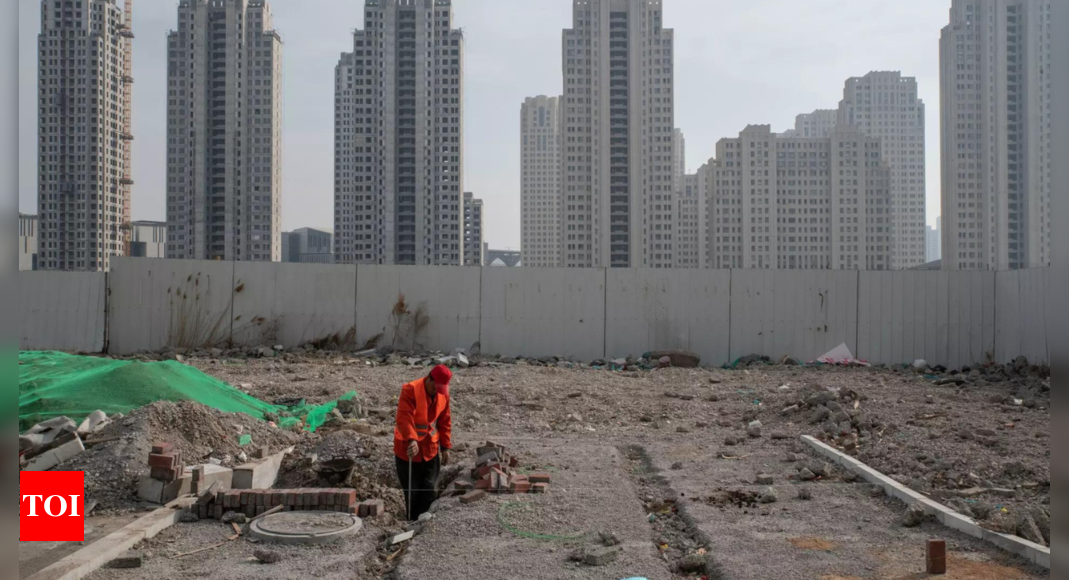China’s major cities are sinking at an alarming rate due to the phenomenon of subsidence. According to a study published in Science, about 16% of the country’s major cities are experiencing an annual elevation loss of over 10 millimeters, with nearly half losing more than 3 millimeters per year. This may seem insignificant, but over time, it accumulates and poses a significant threat. The study predicts that in a century’s time, around 25% of China’s urban coastal land could be below sea level due to a combination of subsidence and rising sea levels.
The study, which utilized state-of-the-art radar data from satellites, is the first to comprehensively measure subsidence across multiple urban areas. It reveals that cities like Beijing and Tianjin are sinking rapidly, with uneven rates of subsidence causing potential damage to buildings and infrastructure. The issue is not limited to China; other countries, including the United States, face similar problems.
Manoochehr Shirzaei, a geophysicist at Virginia Tech, argues that land subsidence is an overlooked problem globally. Despite the focus on sea-level rise, land subsidence has not received adequate attention in adaptation strategies and resiliency plans. The study’s findings challenge existing approaches by shedding light on the need for accurate consideration of land subsidence.
The researchers employed satellite radar measurements to assess the ground surface movements of 82 major Chinese cities from 2015 to 2022. Using this data, they analyzed various factors contributing to subsidence, such as building weight and changing groundwater levels.
By combining the subsidence measurements with projections of sea-level rise, the researchers estimated the number of cities that could be below sea level in the future. However, it should be noted that the findings assume a constant rate of subsidence over the next century, while rates can be influenced by human activity.
The study indicates that currently, approximately 6% of land in China’s coastal cities has a relative elevation below sea level. In the researchers’ higher sea-level rise scenario, where the global average rises by 0.87 meters (around 3 feet) by 2120, this proportion could increase to 26%. Despite this, being below sea level does not guarantee a city’s destruction. The Netherlands, for instance, has successfully engineered its coastal areas to cope with sinking and prevent flooding. Minimizing damage involves effective management of groundwater extraction, as demonstrated by Shanghai’s slower subsidence rate compared to other Chinese cities. In Japan, successful groundwater management has stabilized subsidence in Tokyo and Osaka.
The study emphasizes the urgent need to address land subsidence globally. Limiting groundwater extraction and implementing managed recharge techniques can help mitigate subsidence. While it is challenging to completely halt subsidence, adapting to sea-level rise and sinking land is crucial in coastal areas. The study calls for accurate inclusion of land subsidence in adaptation strategies and resiliency plans to combat the increasing threats of climate change and sea-level rise.










